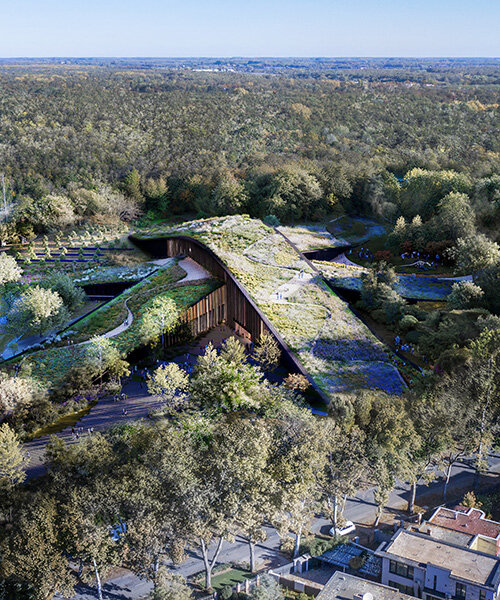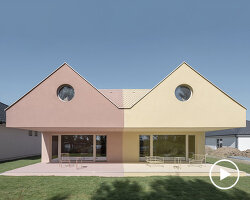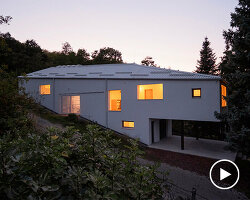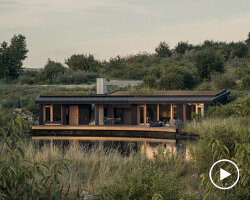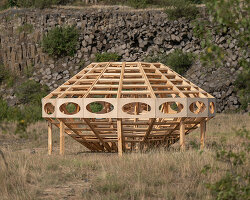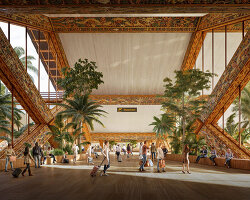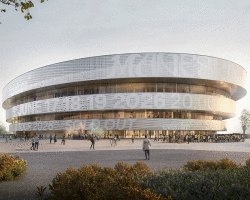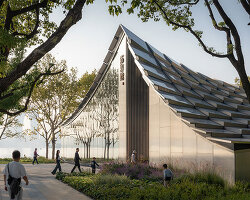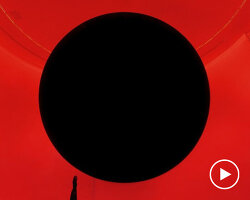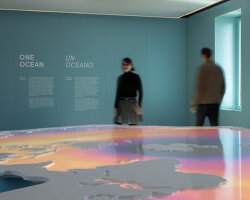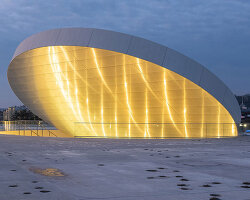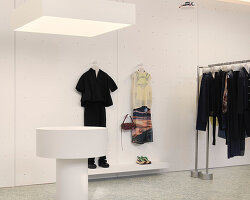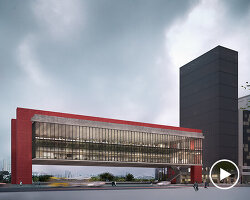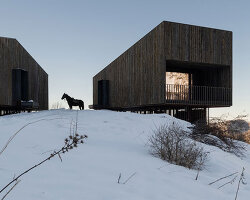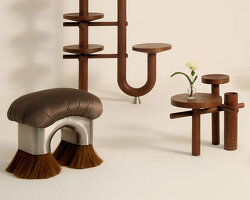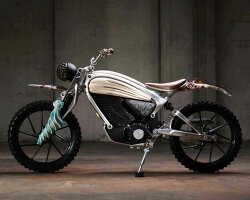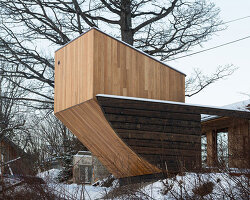BIG to design natural history museum in Debrecen, hungary
BIG – Bjarke Ingels Group wins the international competition to design the Hungarian Natural History Museum in Debrecen, Hungary’s second-largest city. The 23,000-square-meter museum emerges as a trio of overlapping landscaped ribbons that rise from the historic Great Forest’s floor, forming a sculpted scientific hub. ‘Natural history is a subject dear to me – so dear that I named my oldest son Darwin,’ shares Bjarke Ingels, founder and creative director of BIG. ‘Our design is conceived as an intersection of paths and lineages. Intersecting ribbons of landscape overlap to produce a series of niches and habitats, halls and galleries, blending the inside and the outside, the intimate and the mastodontic in seamless continuity. The result is a manmade hill in a forest clearing; geometrically clear yet softly organic – an appropriate home for the wonders of the natural world.’ The mass timber structure, clad in locally sourced charred wood, is partially sunken into the terrain, rising organically from the forest floor to dissolve into the surrounding parkland.
Designed in collaboration with Vikár és Lukács Építész Stúdió, Museum Studio, and TYPSA, the project replaces the existing museum in Budapest and aligns with the government’s vision of transforming Debrecen into a regional center for education and culture by 2030.
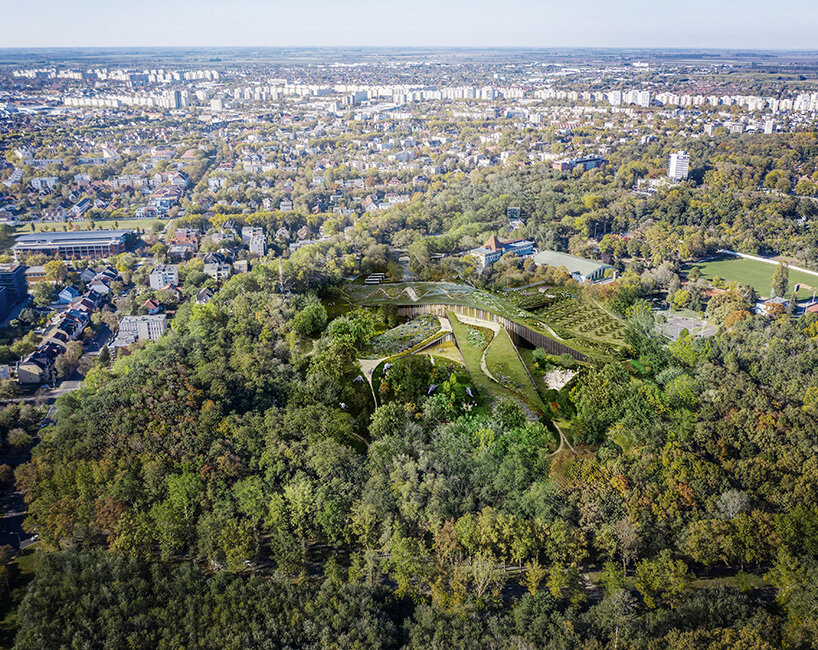
Renderings by BIG
green roofs extend the park that surrounds the building
In the winning proposal by the international design firm BIG, visitors approach the Hungarian Natural History Museum via winding forest paths and open plazas. The southern entrance plaza anchors the project, serving as a vibrant public space for community events and museum programming. Inside, a central reception hall connects five permanent galleries and a temporary exhibition wing, all arranged in a radial layout. Above, a library and restaurant offer views into the forest canopy, while a subterranean learning hub hosts research labs, workshops, and play areas for students and families. The green roofs of the museum, planted with native species, provide habitats for local flora and fauna, extending the park across the building’s surface and reinforcing its ecological mission.
‘We envisioned the Hungarian Natural History Museum as an integrated part of its environment, both shaped by and shaping the landscape around it. Constructed from mass timber, the building features a facade of locally sourced charred timber panels that emerge from the ground, blurring the lines between architecture and wilderness. The museum draws on the thermal mass of the ground and integrates on-site energy systems, including geothermal loops and photovoltaic panels, to ensure a stable indoor climate year-round. Rather than simply preserving the site, the building restores and enhances it – regenerating biodiversity while quietly adapting to its surroundings,’ explains Hanna Johansson, partner at BIG.
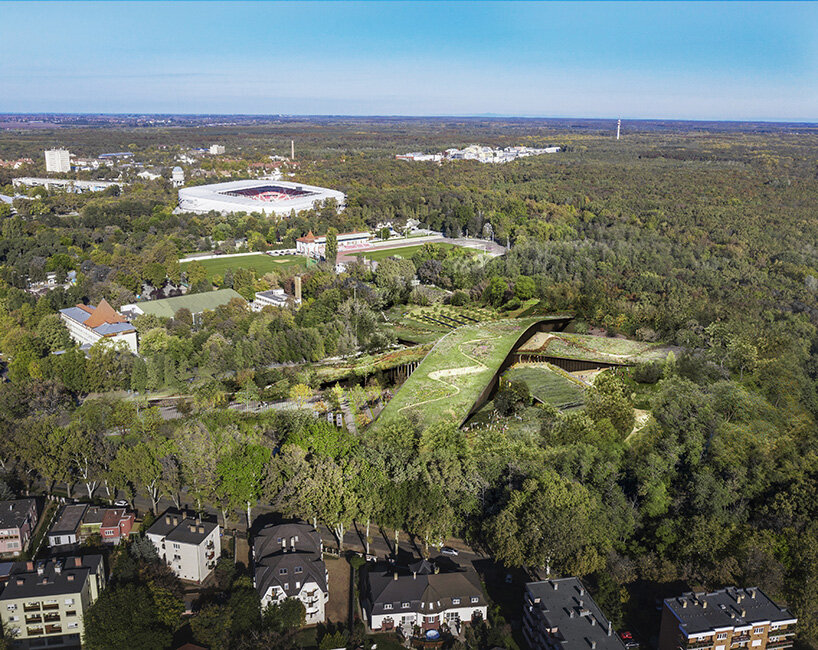
BIG wins the international competition to design the Hungarian Natural History Museum
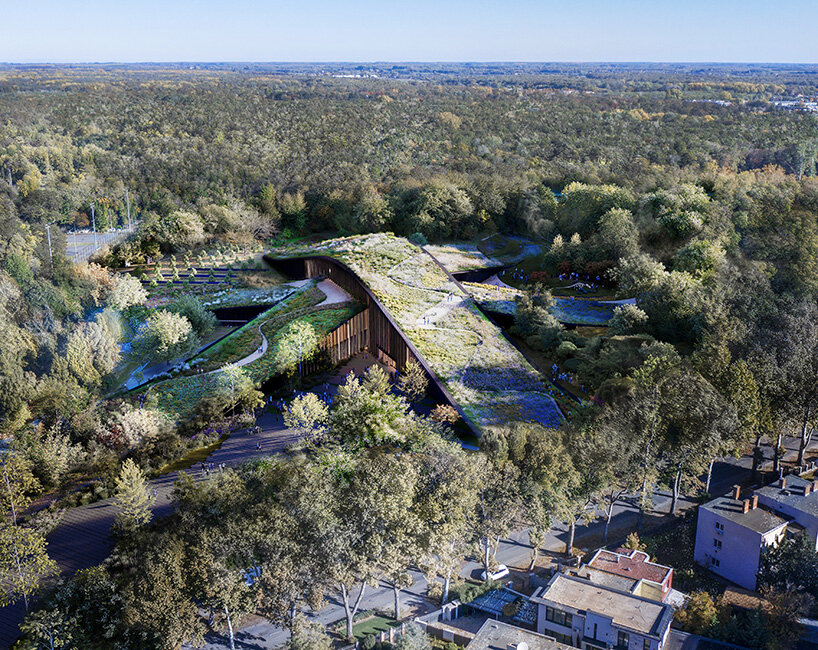
the 23,000-square-meter museum emerges as a trio of overlapping landscaped ribbons
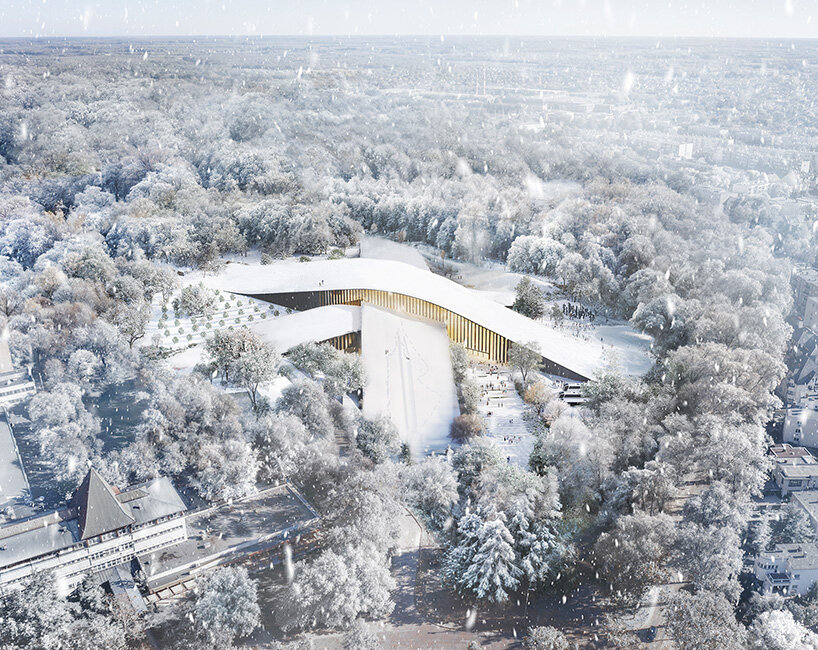
emerging from the historic Great Forest’s floor

the southern entrance plaza anchors the project

a mass timber structure clad in locally sourced charred wood
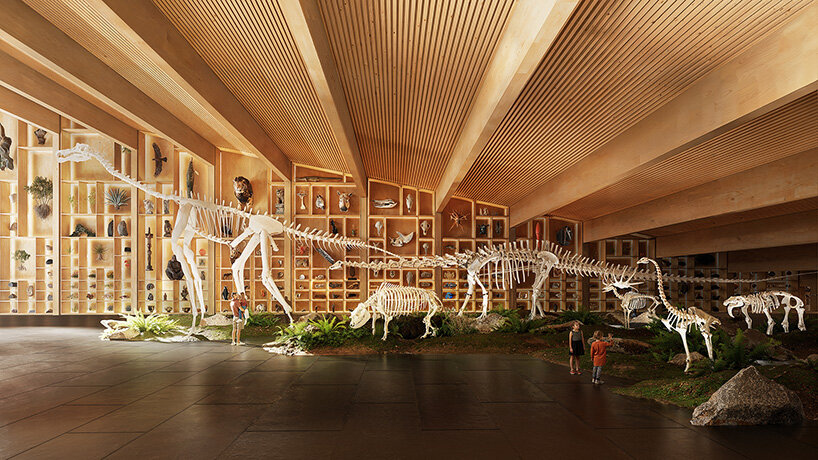
the central reception hall connects five permanent galleries and a temporary exhibition wing
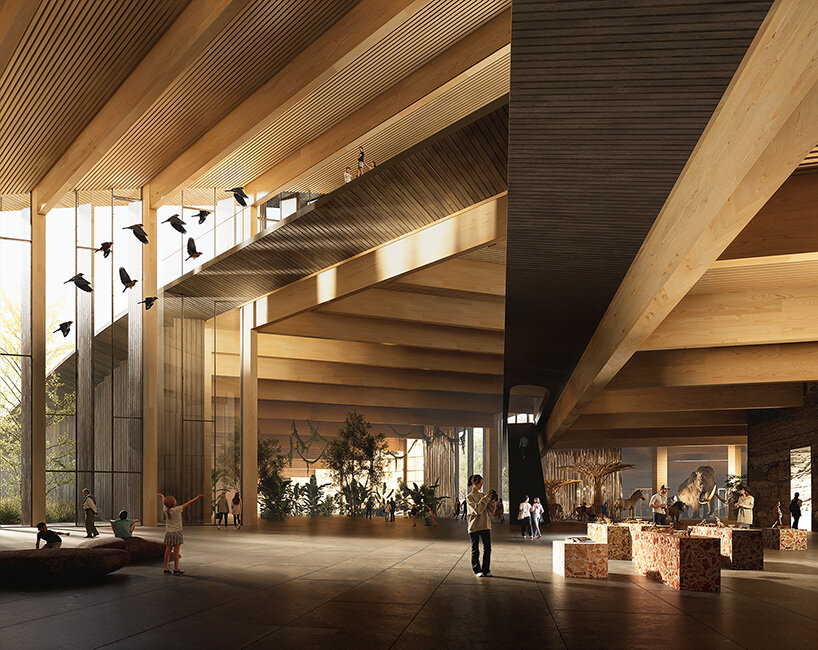
exhibition spaces are arranged in a radial layout

a subterranean learning hub hosts research labs, workshops, and play areas
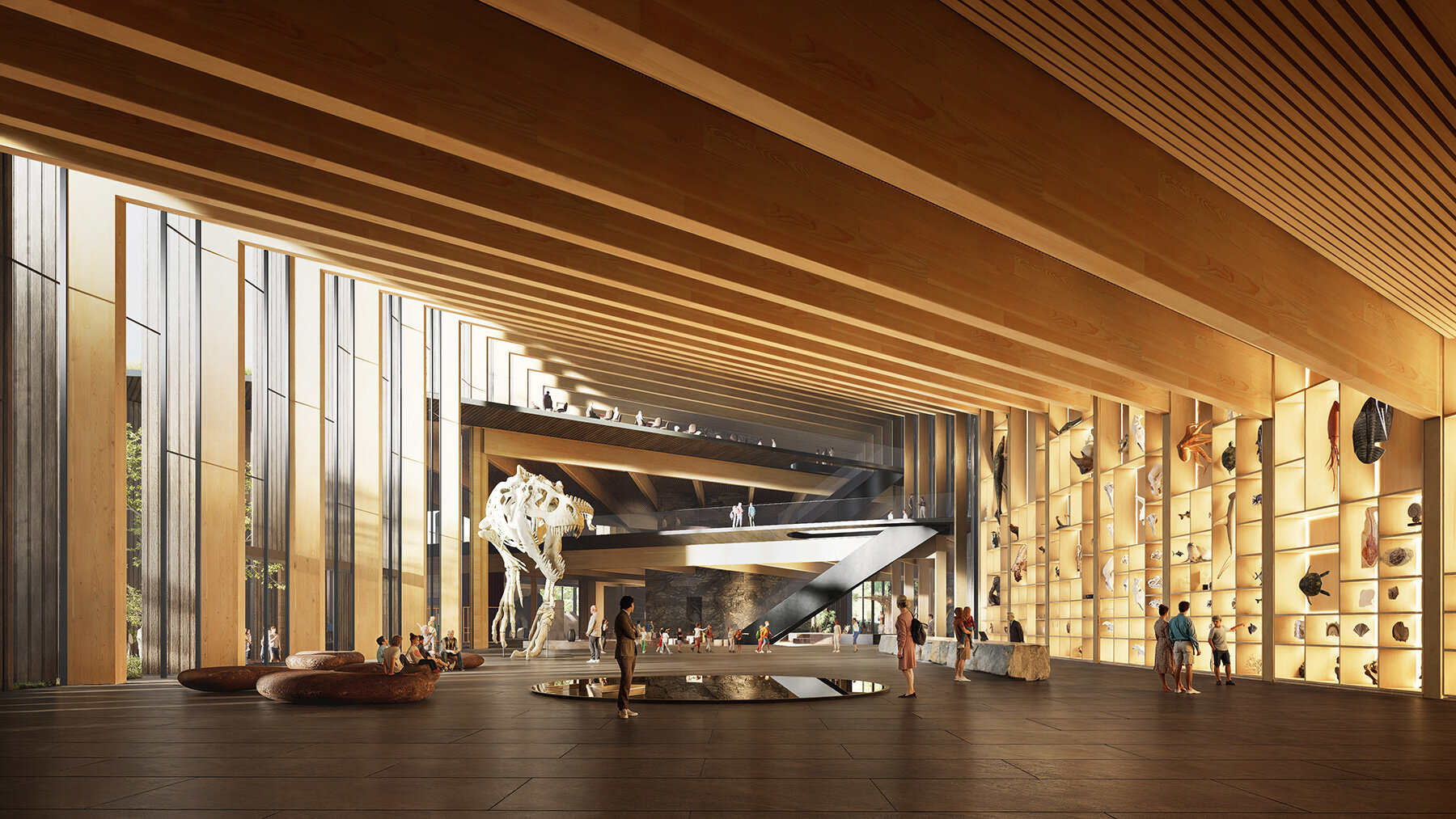
the project replaces the existing museum in Budapest
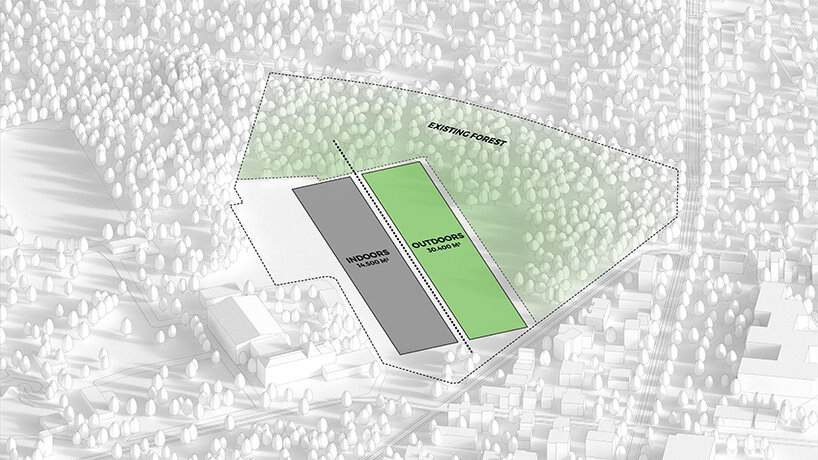
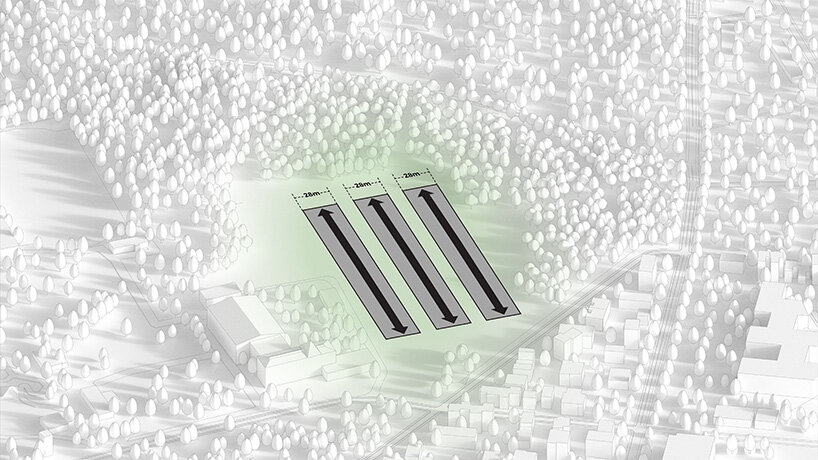
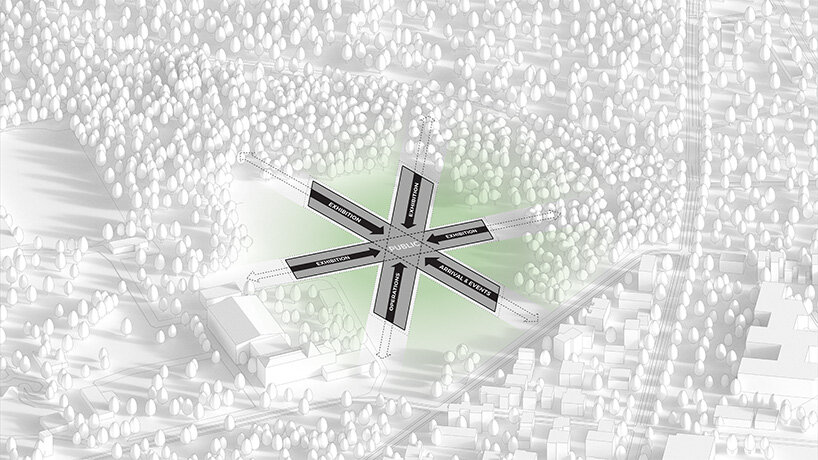
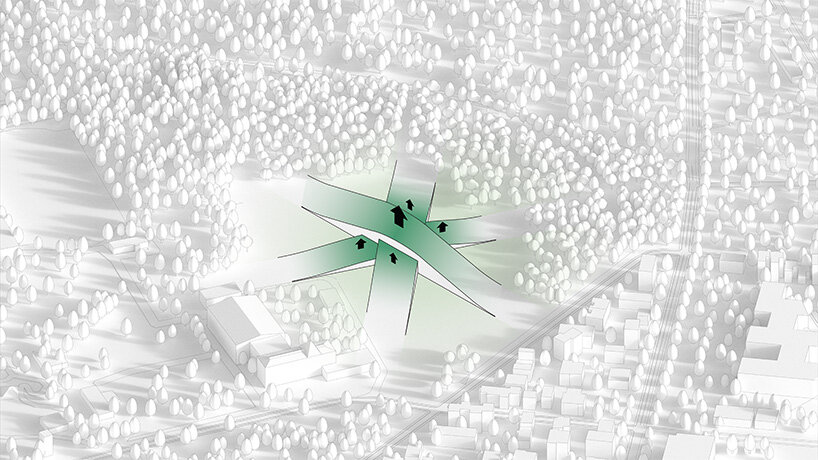
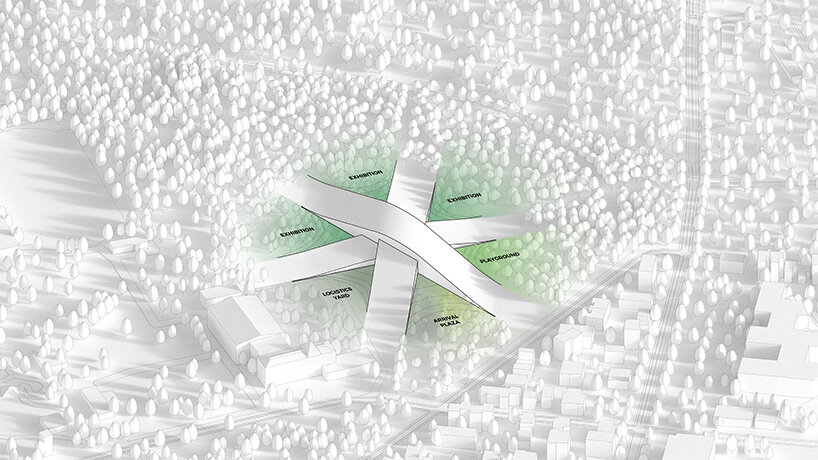
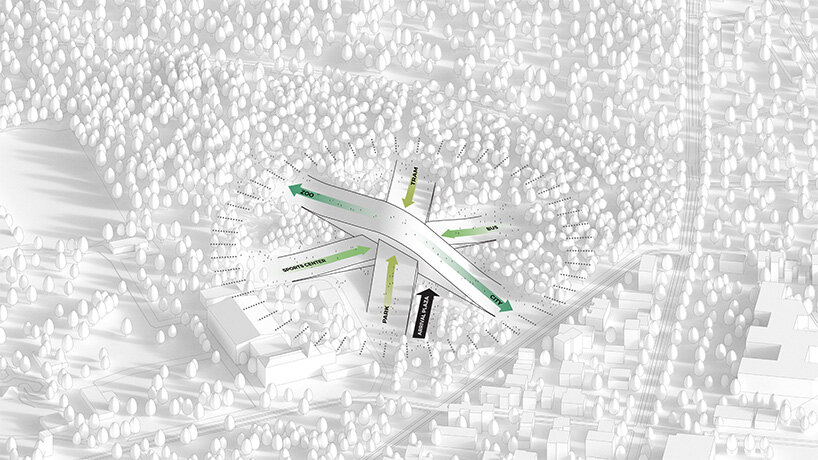
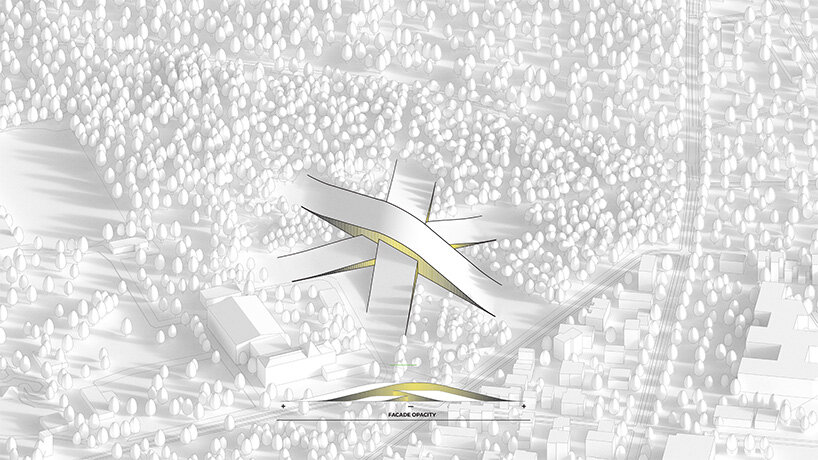
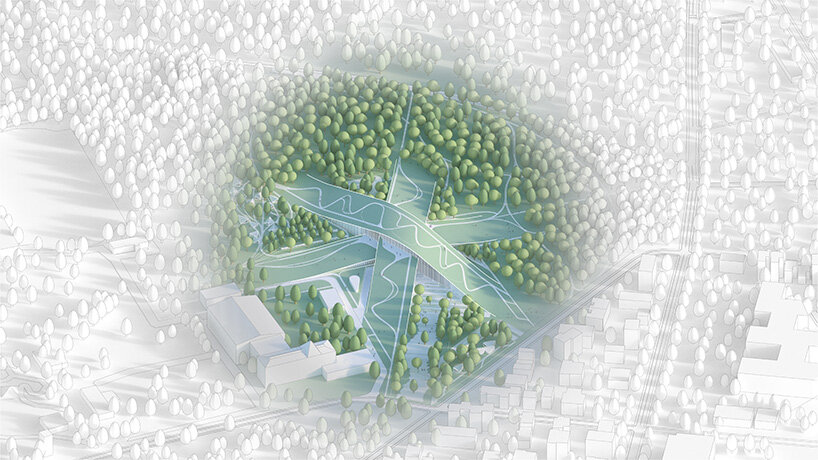
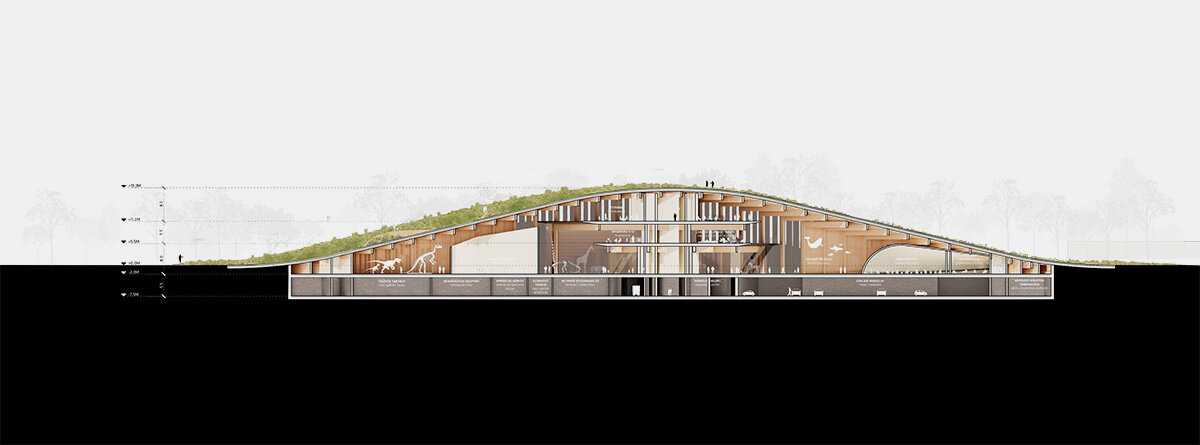
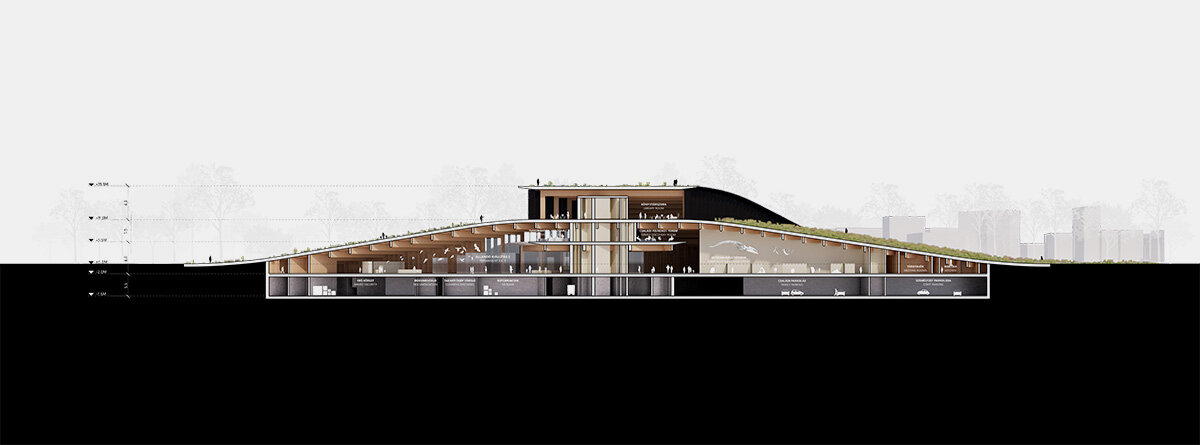
project info:
name: Hungarian Natural History Museum
architect: BIG – Bjarke Ingels Group | @big_builds
location: Debrecen, Hungary
area: 23,000 square meters
partner in charge: Bjarke Ingels, Hanna Johansson
project leader: Jakub Fratczak
team: Alessandra Baroni, Camila Antonella Mina, Camila Pagnoncelli, Dominika Kłopotek, Gian Marco Prisco, Juan Carpio, Nicolas Bachmann Bellido, Olivia Sarra Gómez, Angel Barreno Gutiérrez
client: DIF Debrecen
collaborators: Vikár és Lukács Építész Stúdió | @vikareslukacs, Museum Studio—London | @wearemuseumstudio, TYPSA
